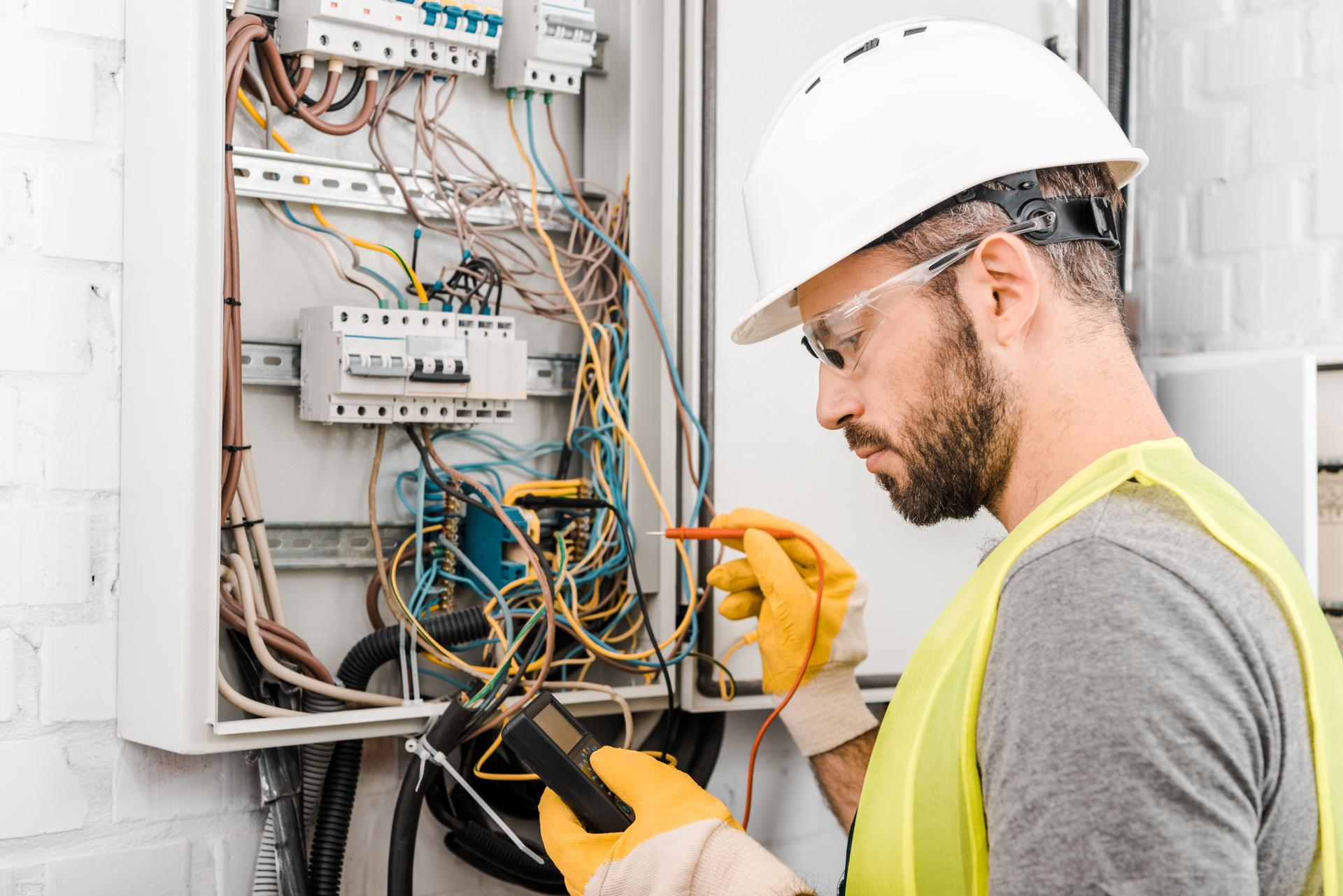Electrical Wiring 101: How It Works in Your Home

Electricity is an essential component of our everyday life, powering everything from the lighting in your homes, to gadgets that we use each day. But electric systems may be complicated knowing how they function can be challenging. In this article we’ll go over the elements in an electrical circuit and show how circuits operate to power appliances and devices. Our residential electricians can handle any electrical jobs you need.
The components of an electrical system
An electrical system is comprised of several key components that work together to deliver power throughout the home. This includes:
Breaker box is the central distribution point for electrical power in a home that is where electricity is divided into several circuits
Outlets and switches: the places where electricity is delivered to devices and appliances
Wiring: the wires that carry electricity from the breaker box to the outlets and switches
Electronic appliances and gadgets: appliances and devices that require electricity for their functions.
Electrical Circuits
A circuit of electricity is one that allows electricity to flow from the source (the breakers box) to the appliances and devices in the home. There are two kinds of electrical circuits in the home which are 120-volt circuits and 240-volt circuits. 120-volt circuits are employed to power most household appliances and appliances, whereas 240-volt circuits are used for larger appliances such as dryers and air conditioners.
Electrical circuits work by creating an electrical loop that allows power to flow from the source into the appliance or device. The loop is made up of a hot wire which transports the power along with a neutral wire that completes the circuit as well as a ground wire that provides the pathway for electricity to travel to the ground in the event there is a problem.
Understanding the electrical Wiring
Electrical wiring is available in a variety of different types, including non-metallic sheathed cable (NM), armored cable (AC) and conduit. Each comes with its own pros and drawbacks, and the choice of the type of wiring is based on the specific requirements of the installation.
Electricity travels through wiring through a flow of electrons that travel through the wire. The electrons travel through the wire from source, to appliance or device and then back to the source via the neutral wire. It’s essential to ensure that the wiring is installed and maintained in a correct manner, as defective wiring could lead to electrical hazards such as shocks or fires.
Common Electrical Problems
Some common electrical problems in homes include tripping breakers, flickering lights and electrical outlets that are not working. The causes of these issues could be by a myriad of causes such as overloading circuits poor connections, or faulty wiring.
If you experience one of these problems, it’s essential to identify the root cause and take action to fix the problem. In some cases this could mean contacting an authorized electrician to look over and fix the wiring.
Concluding as well as a Call to Action
In conclusion, understanding the way electrical wiring functions is crucial for ensuring the safety and reliability of your home’s electrical system. By adhering to the guidelines laid out in this article and you will be able to remain secure and avoid potential dangers.
If you have any concerns or questions regarding your home’s electrical system Don’t hesitate to reach out to Local Electrician Bayside. Our licensed electricians has the expertise and experience to meet your electrical needs. Contact us by phone at 1300 933 820 to schedule a consultation.
FAQ
What are the signs of faulty electrical wiring?
Signs of faulty electrical wiring could include tripping breakers flashing lights, and dead outlets, to name a few.
What is the best time to schedule the electrical system of my house checked?
It’s recommended that you ensure that your electrical system is checked by an accredited electrician at least every 10 years.
What is the expected lifespan of electrical wiring?
The lifespan of electrical wiring is based on many factors, such as the kind of wiring used, the location it’s located in, and the quality of installation. The majority of electrical wiring will last for at least 30-years or longer if it’s installed with proper installation and maintenance.
Can I fix electrical problems myself or should I always employ an electrician?
While some electrical problems can be solved by homeowners, it is advised that you employ an experienced electrician to complete most electrical repairs. Attempting to fix electrical problems with no proper training or knowledge can be risky and could cause damage or injury the property.
What do I do if have an electrical issue at home?
In the event of an electrical issue, the first step is to cut off the power supply to the area affected by turning off the breaker or the fuse. Contact a licensed electrician to examine and fix the issue as soon as you can.
By following these rules by following these guidelines, you can ensure the security and reliability of the electrical system in your home and reduce potential hazards. Remember, when it comes to electrical repairs and installations, it’s best to trust the experts. Reach out to Local Electrician Bayside at 1300 933 820 for all your electrical needs.
